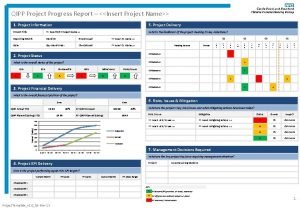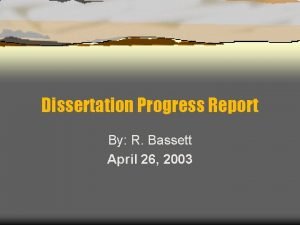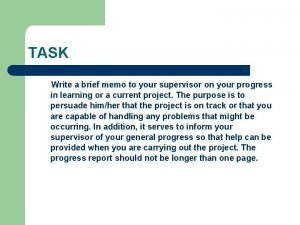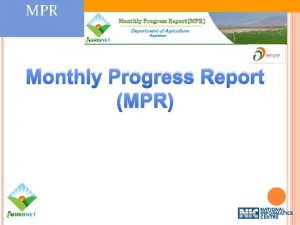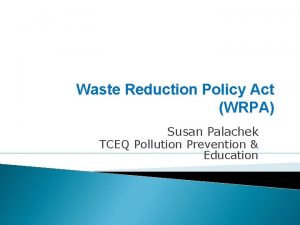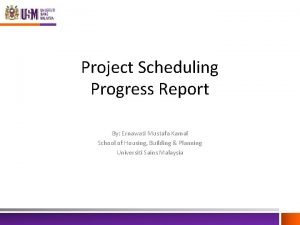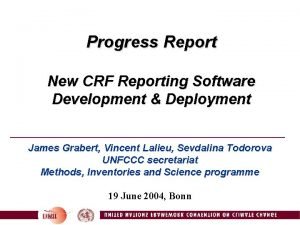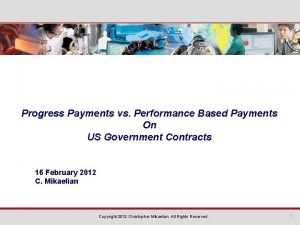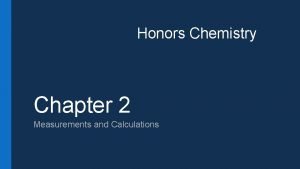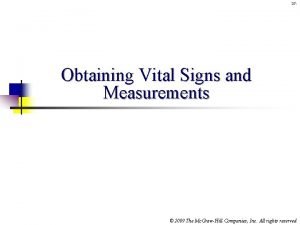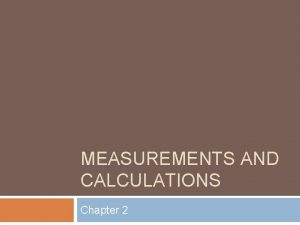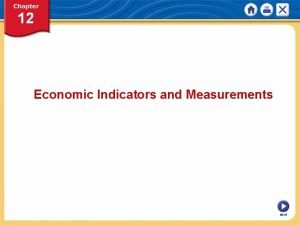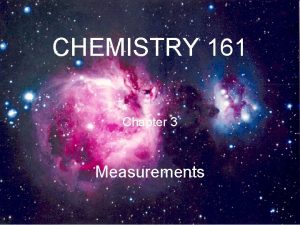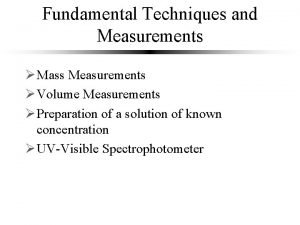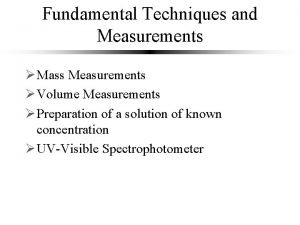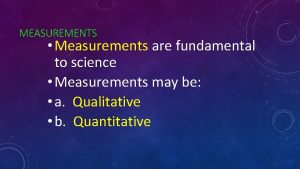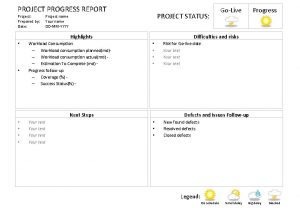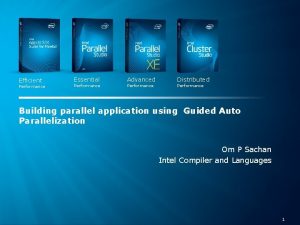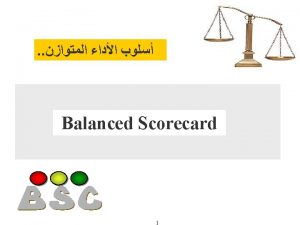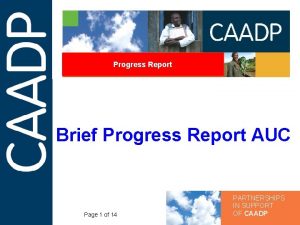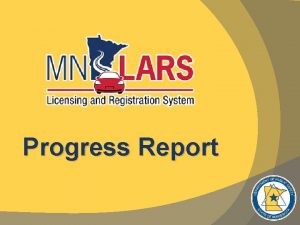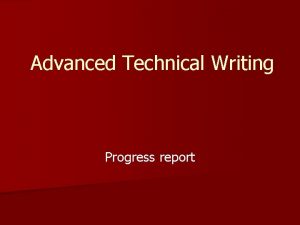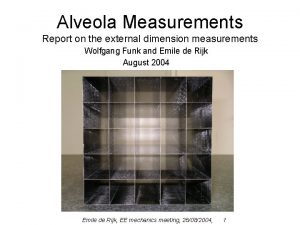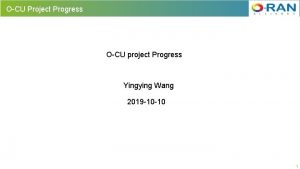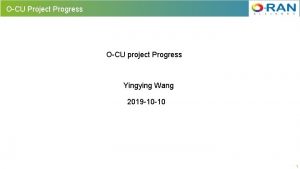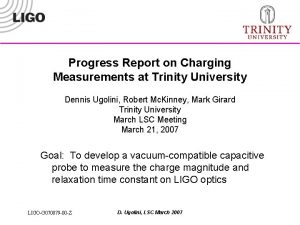Performance Measurements Chapter 13 Project Progress Report Progress






















- Slides: 22

Performance Measurements Chapter 13

Project Progress Report • Progress since last report • Current status of project – Schedule – Cost – Scope • Cumulative trends • Problems and issues since last report – Actions and resolution of earlier problems – New variances and problems identified • Corrective action planned

Project Control Steps 1. Setting a baseline plan. 2. Measuring progress and performance. 3. Comparing plan against actual. 4. Taking actions

Tools to catch Negative Variances • Tracking and baseline Gantt charts – Show expected, actual, and trend data for event duration performance. • Control charts – Plot the difference in scheduled time on the critical path with the actual point on the critical path.


Control Charts

Earned Value Cost/Schedule • An integrated project management system based on the earned value concept that uses a time-phased budget baseline to compare actual and planned schedule and costs.

Earned Value • Comparing Earned Value – With the expected schedule value. – With the actual costs. • Assessing Status of a Project – Required data elements • Data Budgeted cost of the work scheduled (PV) • Budgeted cost of the work completed (EV) • Actual cost of the work completed (AC)

Terms • EV – The percent complete times its original budget. The percent of the original budget that has been earned by actual work completed. The older acronym for this value was BCWP—budgeted cost of the work performed. • PV (Planned Value) – The time-phased baseline of the value of the work scheduled. An approved cost estimate of the resources scheduled in a time-phased cumulative baseline (BCWS—budgeted cost of the work scheduled).

Terms • AC – The actual cost of the work completed. The sum of the costs incurred in accomplishing work. (ACWP —actual cost of the work performed). • BAC – Budgeted cost at completion. The total budgeted cost of the baseline or project cost accounts. • EAC – Estimated costs at completion. Includes costs todate plus revised estimated costs for the work remaining.

Methods of Variance Analysis • Cost Variance (CV) – Indicates if the work accomplished using labor and materials costs more or less than was planned at any point in the project where CV=EV-AC • Schedule Variance (SV) – Presents an overall assessment in dollar terms of the progress of all work packages in the project scheduled to date where SV=EV-PV

Terms • ETC – Estimate to complete. • VAC – Cost variance at completion (BAC-EACe), where EACe is derived by estimators in the field. – Or, alternatively, cost variance at completion (BAC -EACf), where EACf is derived from a formula using actual and earned value costs. – VAC indicates expected actual over-or underrun cost at completion.

Why Baseline • Purposes of a Baseline (PV) – An anchor point for measuring performance • A planned cost and expected schedule against which actual cost and schedule are measured. • A basis for cash flows and awarding progress payments. • A summation of time-phased budgets (cost accounts as summed work packages) along a project timeline.

Cost/Schedule Graph

Indexes to Monitor Progress • Performance Indexes – Cost Performance Index (CPI) • Measures the cost efficiency of work accomplished to date • CPI = EV/AC – Scheduling Performance Index (SPI) • Measures scheduling efficiency • SPI = EV/PV – Percent Complete Indexes • Indicates how much of the work accomplished represents of the total budgeted (BAC) and actual (AC) dollars to date • PCIB = EV/BAC • PCIC = AC/EAC

Interpretation

Earned Value Rules • Rules applied to short-duration activities and/or small-cost activities – 0/100 percent rule • Assumes 100 % of budget credit is earned at once and only when the work is completed. – 50/50 rule • Allows for 50% of the value of the work package budget to be earned when it is started and 50% to be earned when the package is completed.

Forecasting Model The equation for this forecasting model:

To Complete Performance Index (TCPI) TCPI= BAC - EV BAC – AC TCPI = the amount of value each remaining dollar in the budget must earn to stay within budget

Project Cost/Schedule Systems Software • Typical Computer-Generated Status Report – Schedule variance (EV-PV) by cost account and WBS and OBS – Cost variance (EV-AC) by cost account and WBS and OBS – Indexes—cost, schedule, total percent complete, and the to complete performance index – Cumulative actual total to date (AC) – Expected costs at completion – Paid and unpaid commitments

Reports • • Status reports Format based on example Pg. 439 Exhibit 13. 1 Title page Written report answer questions by quarter includes: – Tracking Gantt chart – MS project printed reports • Earned Value table • Earned Value Cost Indicator table • Earned Value Schedule Indicator table •

ANY QUESTIONS?
 Difference between progress report and status report
Difference between progress report and status report Qipp agenda
Qipp agenda Final year project presentation
Final year project presentation Physical progress and financial progress
Physical progress and financial progress Ecd progress report
Ecd progress report Yale dissertation progress report
Yale dissertation progress report Write a memo to your supervisor
Write a memo to your supervisor Monthly mpr
Monthly mpr Essentials of technical communication
Essentials of technical communication Cataloging internship
Cataloging internship Growing success ontario
Growing success ontario Tceq p2 annual progress report
Tceq p2 annual progress report Seo status report
Seo status report Progress report example
Progress report example Crf software
Crf software Progress vs performance based payments
Progress vs performance based payments Progress and performance measurement and evaluation
Progress and performance measurement and evaluation Progress and performance measurement and evaluation
Progress and performance measurement and evaluation Chapter 2 measurements and calculations
Chapter 2 measurements and calculations Chapter 37 vital signs and measurements
Chapter 37 vital signs and measurements Orthostatic vitals positive
Orthostatic vitals positive How to calculate percent error in chemistry
How to calculate percent error in chemistry Gdp types
Gdp types

